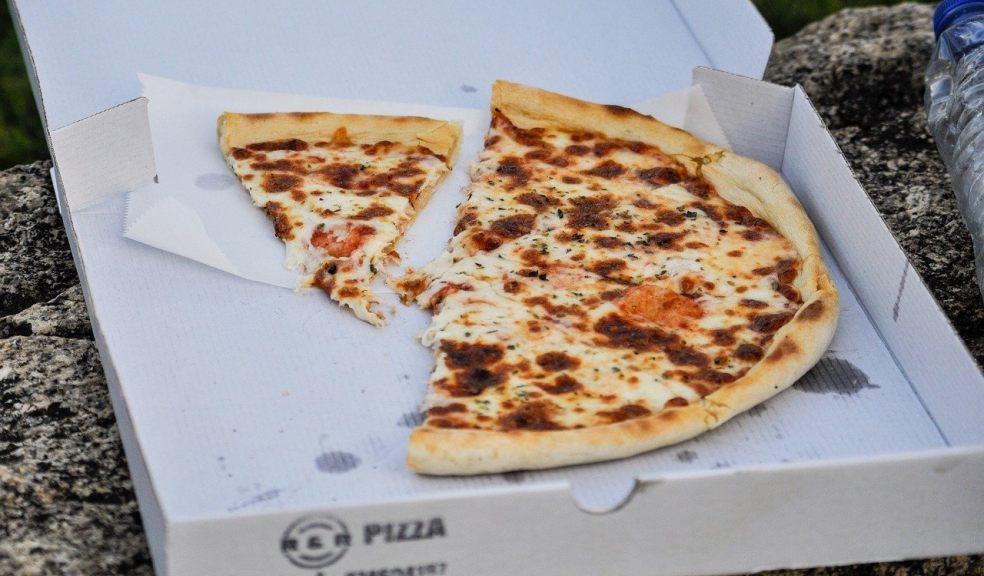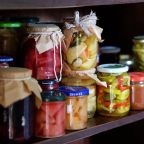
A pandemic and the rise in takeaway food
The coronavirus pandemic has changed life in just about every way imaginable. Among the more profound impacts has been on the way that we eat. While many of us have taken the time at home to pick up new cooking skills, and to form healthy habits, there’s always going to be a place for bringing food in from outside – especially given that getting a sit-down meal is an impossibility.
And so, it should come as no surprise that takeaways have enjoyed a resurgence over the past year. In October, Just Eat indicated that it had delivered nearly fifty million meals over a three-month period. When you account for other delivery services, and that many customers order directly from their takeaway, the real figure is likely to be much higher, especially with taxi drivers now utilising their vehicles to become short distance couriers for takeaway outlets.
Given that not everyone has a proper pizza-oven or a tandoor sitting in the corner of their kitchen, there will probably always be a place for a service of this kind – and in lockdown, takeaways are more important than ever!
What are people ordering?
The favoured takeaway during lockdown has been the classic burger, according to a spokesperson from Deliveroo. This trend has been driven in part by the switching of fast-food chains like McDonalds and KFC to a delivery-focussed business model. There’s significant variation in favoured foods depending on where you are in the UK. Blackburn prefers Indian; Manchester prefers pizza; Coventry prefers kebab. The age range is also something to note, while there’s reason to think that younger people aren’t as good at (or enthusiastic about) cookery as their older counterparts, every age range is ordering more takeaway than they once did.
The rise of group ordering
Another consequence of the lockdown has been a rise in group ordering. Big meals are shared across a single household, rather than individuals picking up whatever they fancy, whenever they fancy. With people having to spend more time together in the home, this rise is a natural logic, mealtimes have now become a household affair, with people eating at the same time. Consequently, diners are tending to sit down to eat around thirty minutes earlier than they otherwise would have. With limited entertainment on an evening, such as going to the cinema or for a drink at the pub, the need for late night takeaways has subsequently been lost.













